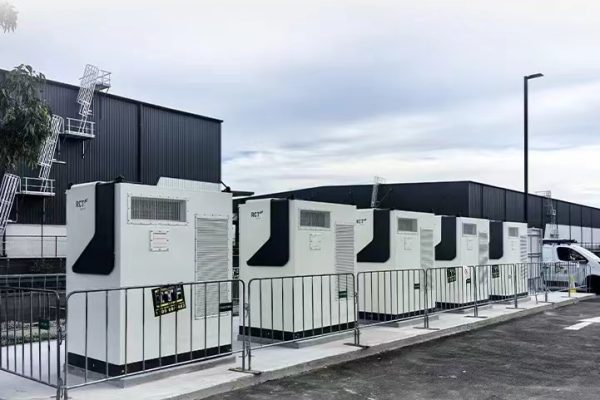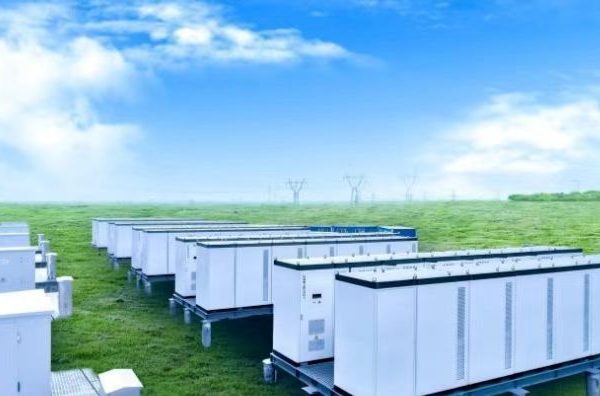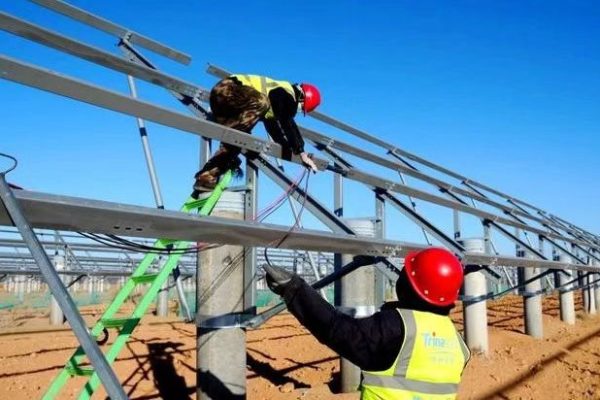How to Choose the Right Inverter Type for Residential & Small C&I Systems
⚡ One Project, Two Paths
For small-scale solar projects (typically under 30kW), installers often face a key decision:
Should I go with traditional string inverters, or invest in hybrid inverters with battery support?
This choice directly affects:
- System cost
- Future flexibility
- Backup capability
- Grid interaction behavior
This article compares both options in practical terms, helping you make the right inverter choice based on your project needs and customer expectations.
🔹 What Are String Inverters?
A string inverter is a conventional PV inverter that converts DC power from solar panels to AC power for grid connection. It typically supports:
- No built-in battery input
- One or more MPPTs
- Purely grid-tied operation (no off-grid)
✅ Advantages of String Inverters
| ✅ Benefit | Explanation |
|---|---|
| Lower Cost | Pure string inverters are generally 20–40% cheaper than hybrids of same size |
| High Efficiency | Mature technology, often >98% conversion |
| Simple to Commission | No battery config or complex EMS settings |
| Proven Brands | Many Tier 1 suppliers (Sungrow, Growatt, SMA, etc.) with long track records |
⚠️ Limitations
- Cannot connect battery directly
- No backup/off-grid mode
- Requires AC-coupled battery retrofit (e.g., Tesla Powerwall) for storage
- Less future-proof in markets moving toward self-consumption or grid independence
🔹 What Are Hybrid Inverters?
A hybrid inverter combines solar PV conversion and battery charging/discharging in a single device. It includes:
- MPPT input for PV
- Bidirectional DC battery port
- AC output to grid and/or load
- Often includes EPS (Emergency Power Supply) or full off-grid capability
✅ Advantages of Hybrid Inverters
| ✅ Benefit | Explanation |
|---|---|
| Battery-Ready | Direct DC coupling with lithium batteries (e.g., LFP) |
| Backup Power | Can support critical loads during outage (EPS) |
| Future Flexibility | Easily upgrade solar-only system to solar + storage |
| Lower Round-Trip Loss | Compared to AC-coupled battery solutions |
⚠️ Limitations
- Higher upfront cost
- More complex installation and configuration
- Requires compatible BMS protocols for battery communication
- May need firmware updates and monitoring for optimal performance
🧰 Typical Use Case Comparison
| Scenario | Best Choice | Why |
|---|---|---|
| Low-budget grid-tied project | ✅ String Inverter | Cost-effective, fast ROI |
| Grid instability or blackout-prone area | ✅ Hybrid Inverter | Provides backup during grid failure |
| Client wants future battery option | ✅ Hybrid Inverter | Avoids rework later |
| No interest in storage, purely export | ✅ String Inverter | Simple, low-maintenance |
| Off-grid cabin or villa | ✅ Hybrid or Off-grid Inverter | String inverters don’t support off-grid use |
| C&I site with existing diesel gen | ✅ Hybrid Inverter with genset sync | Enables multi-source integration |
💡 Installer Tips: How to Decide
Ask the Client:
- Do you want backup power during grid outages?
- Will you add batteries in the next 1–2 years?
- Do you have EV charging or high night-time usage?
- How stable is the local grid?
If the answer to any of these is yes, hybrid inverters are usually a better long-term choice.
🔌 Communication & Compatibility Considerations
- Many hybrid inverters only work optimally with certified battery brands
- Ensure compatibility with CAN or RS485 protocols
- Some models (e.g., Deye, Luxpower, GoodWe) offer open BMS protocol sheets
- Always check firmware and app support for remote monitoring
📊 Cost Comparison (Rough Estimates)
| System Size | String Inverter + AC Battery | Hybrid Inverter + DC Battery |
|---|---|---|
| 5kW + 10kWh | $4500–$5500 (inverter + Powerwall) | $3900–$4800 (hybrid + LFP pack) |
| 10kW + 20kWh | $8000–$9500 | $7000–$8500 |
Note: Actual cost varies by brand, warranty, and installation region.
Choose Based on Client Goals
There is no one-size-fits-all answer. String inverters are great for basic solar installs with tight budgets. Hybrid inverters offer future readiness, battery integration, and backup — at the cost of more complexity and higher initial spend.
As an installer or integrator, your job is to match the technology to the scenario, not just the price tag.
💬 “It’s not just about what the client pays today, it’s about what they expect to use tomorrow.”









